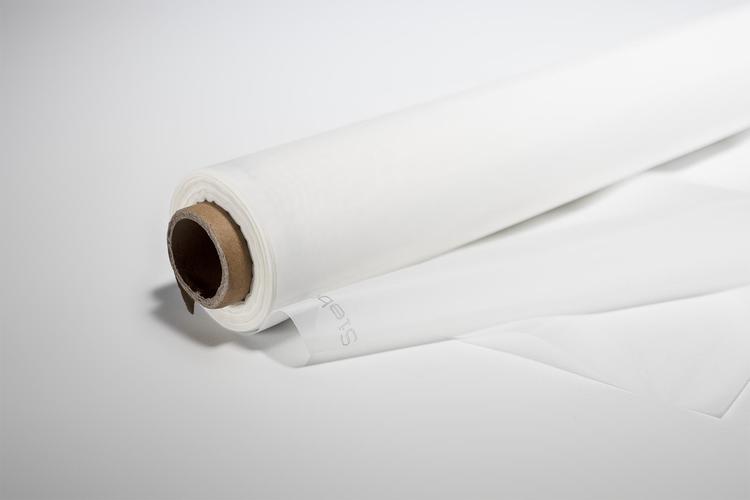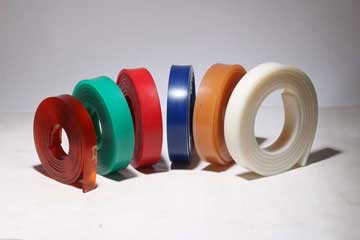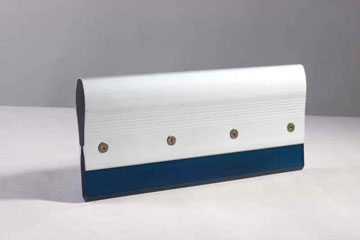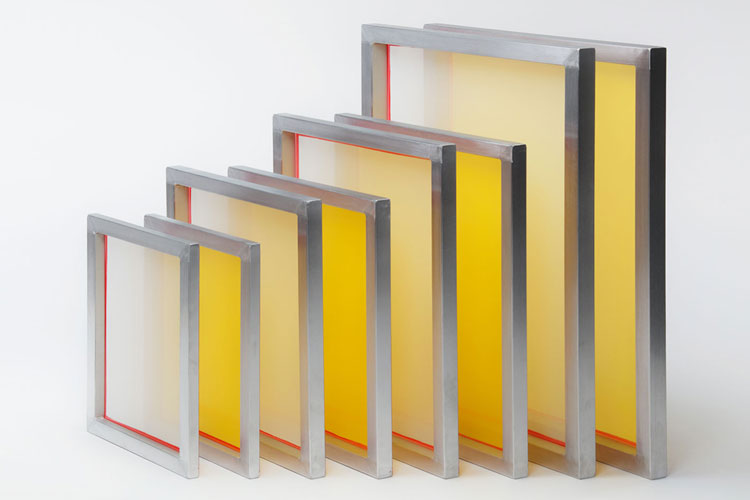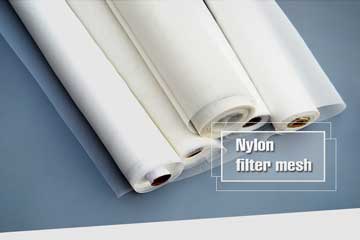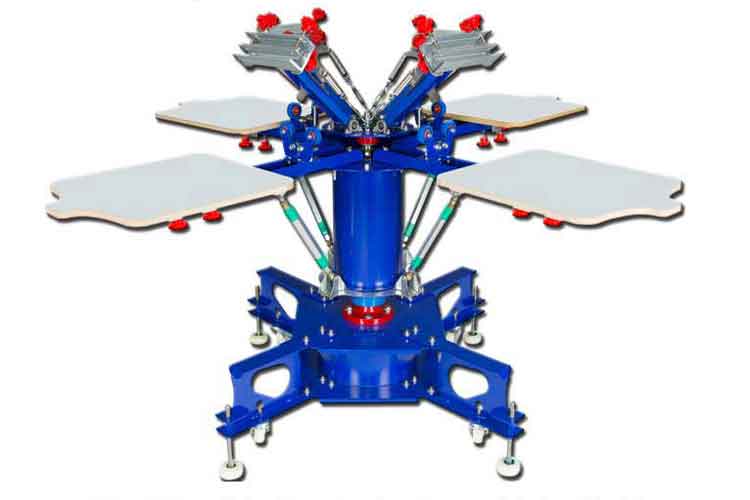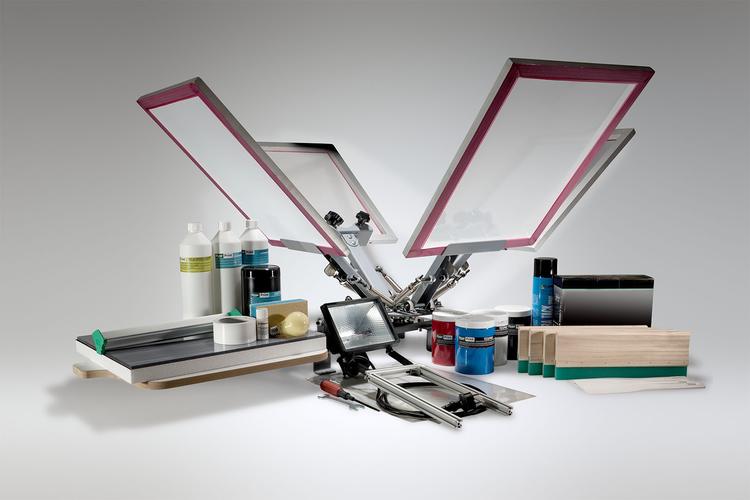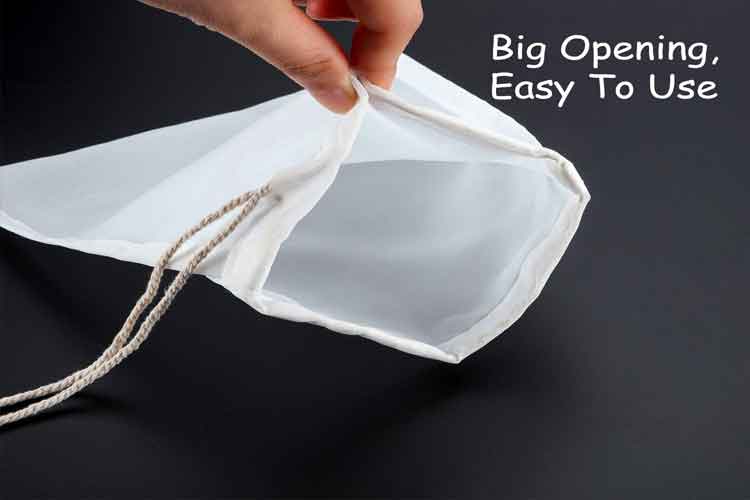How To Use A Manual T-Shirt screen printing Press
If youve ever been to a screen printing supply shop or a print shop then you have most likely seen a screen printing press. Most of these presses spin like a carousel and have rotating screen for different print stations. The technical term for theseIf you’ve ever been to a screen printing supply shop or a print shop then you have most likely seen a screen printing press. Most of these presses spin like a carousel and have rotating screen for different print stations. The technical term for these presses is a Manual Rotary Screen Printing Press. The MRSPP was created to help you efficiently print multiple colors per design. The rotating, carousel design can go either clock wise or counter clock wise depending on your dominant side of the body (right handed or left handed). Most right handed printers will push the stations to the left. The examples given below will be based on this left, clock wise motion for a 4 color, 4 station print.

You will need to set up 4 different stations: a print station, a flash cure station, and 2 stations for the cool down. This type of layout will allow you to constantly be printing and layering on your colors/prints. The print station is where the screen printer will want to be standing and where the press will be operated from. This will be where you start and finish your job.
In the first station you will load your garment onto the platen and do your first screen print layer. Be sure to use a test pellon, to ensure that you have the ideal set up before using your purchased garment. When you push this platen to the left it will then come to the flash cure station. While your layer of ink is drying you will be able to begin the process again at your “home”, first station where you will load another garment and make your first screen print layer.
The flash curing process usually takes about as long as it takes you to load and print your first layer on the next garment and usually the additional time it takes to remove a finished shirt off of the platen and onto a belt dryer.
Once the garment has been cured you will move the platens to the left again which will set you up for another printing station (1st Cool Down Station). Allowing the garment time to cool down while you are busy doing your work at your “home” station.
When you move the machine to the left again the garment will be in the 2nd Cool Down Station, ensuring that the shirt is now allowed enough time to fully cool down before it is moved and printed on again. Sticking, and overly cured ink is usually avoided since the pallets will not be too hot.
This process continues to go around and around, while the screen printer stays put and just performs his job at his home station. Taking the time to unload shirts properly, reload shirts and to press the first layer of the design. This same technique is applied to the multiple head manual rotary system.
The print stations can rotate for not only multiple color prints, but for opacity on double prints, and a white underbase print for a 2 color job. It is best if you rotate the print stations the opposite way, so counter clockwise seems to work best for a right handed person who is swinging the pallets to the left.
Once you get into your grove and have practiced this system it runs smoothly and is very efficient. Like anything though it takes a few jobs to get into the rotation of things.
MACROKUN PRESS would be the manual screen printing press best suited for the example listed above. It is also one of our top selling products! Come into one of our 4 locations to try out this press in person!
Tags:
